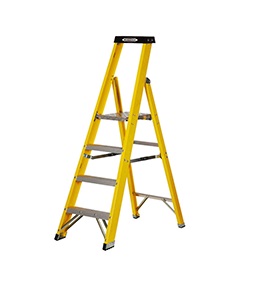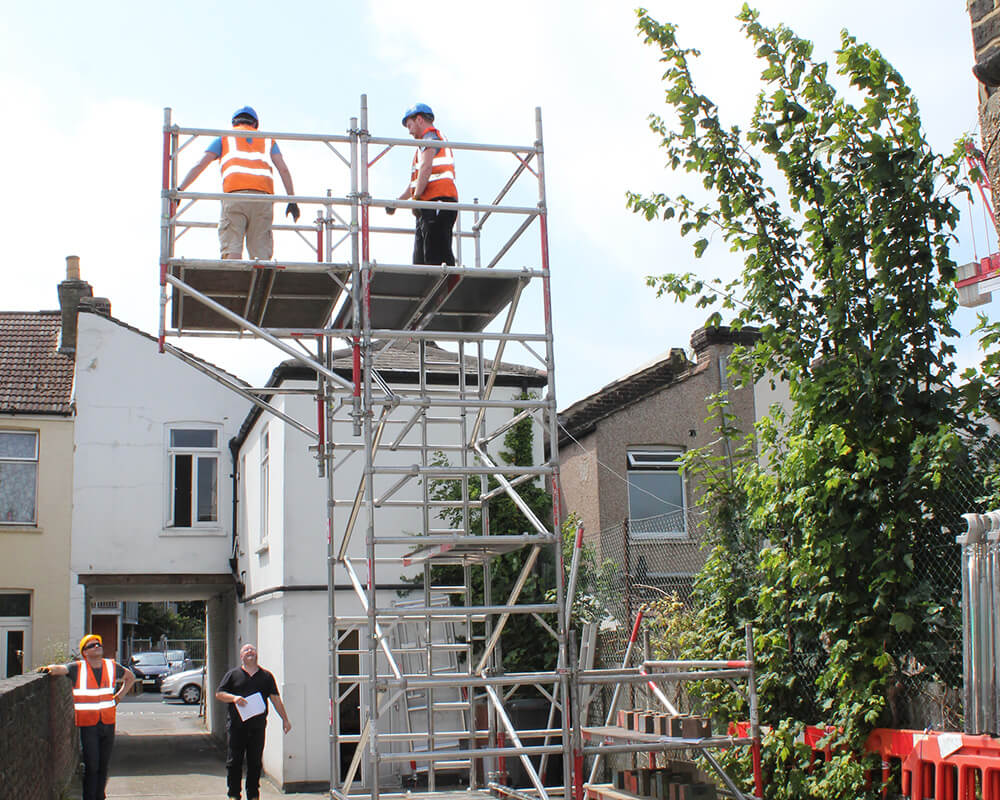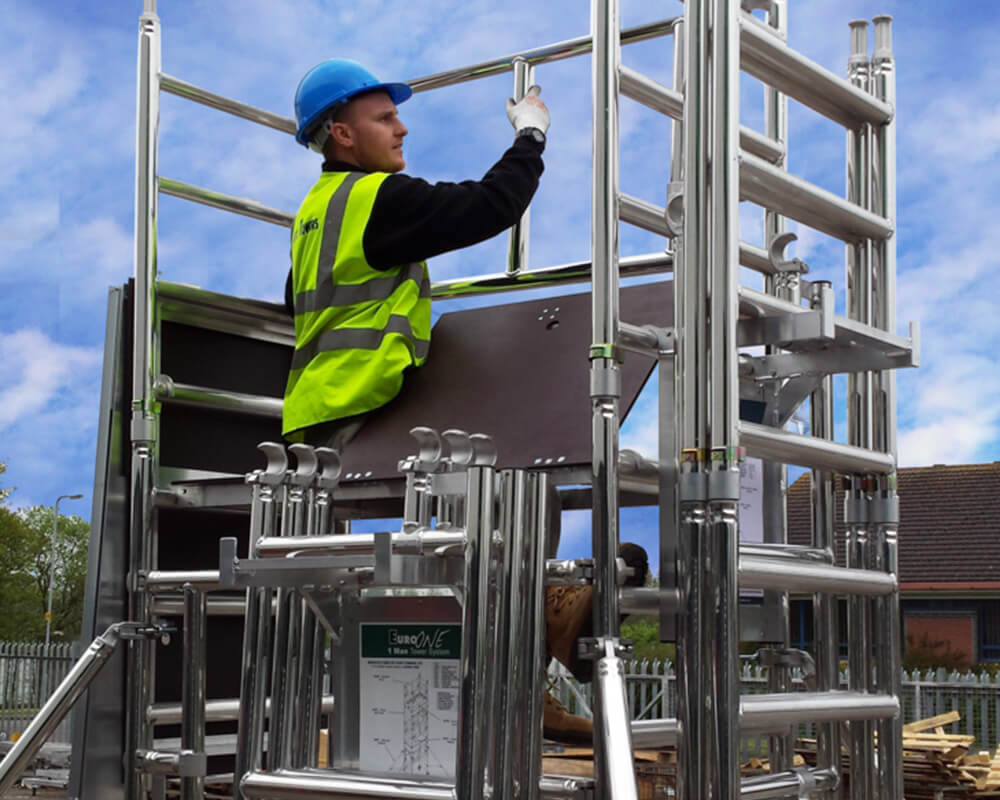Efficient Scaffold Hire: Maximising Your Project’s Potential
When it comes to construction and renovation projects, scaffold hire plays a crucial role in ensuring safety, efficiency, and productivity....
October 14, 2024

When working at height, and being able to access great heights for extended periods, scaffolding is the most common solution. Why? Because scaffolding is reliable, stable and a safe way to reach higher levels.
However, there are alternatives you can use when working at height. What are they, and why might you be seeking a scaffolding alternative?
The first reason is that erecting scaffolding takes time. It also needs to be carried out by a properly trained and certified scaffolding company. Sometimes this might not be the best, or most convenient option for you. Also, depending on the project, there may not be enough space to set up scaffolding. Here are some alternatives to scaffolding that can work well in the right situations.
An access tower is similar in its appearance to scaffolding, and it also gives you the same capabilities as scaffolding. The difference is that no installation is required. Sometimes they’re not quite as big as traditional scaffolding, nor can they be custom-built, but access towers are perfect for a wide variety of uses and scenarios.
Although access towers cannot be custom-made, they do come in different sizes. This means that it gives you a large working surface, while also supporting you firmly and helping prevent falls.
It is imperative that anyone working at height knows the correct protocol and has the appropriate training and equipment for the situation, that’s why Access Towers Services Ltd offers comprehensive PASMA training.
Whenever you need them, scissor lifts are easy to move into the position you need them for due to their wheeled base units. This is the perfect solution for projects where you might need to move the platform regularly.
Some benefits of scissor lifts are easily adjustable, and they’re safe, solid and stable – the only three “S’s” you need to remember.
A simple choice, perhaps an obvious one too. But, this option is so often forgotten, even though many of us have and own ladders at home. If you need a taller, adjustable ladder than the one you currently have, they are available to hire to give you that extra height you need.
This alternative to scaffolding is similar to access towers in the sense that the platform is rectangular, meaning that you can use the flat long surface to carry out your work. An access platform is particularly great for rooftop work. It can be extended along the side of a building, providing easy access to all aspects of the roof. For large areas, an access platform is a safer more convenient option as opposed to a tower or ladder, as it provides stability.
Depending on the level of height you want or need to reach, this is a great alternative. Whatever term you use, cherry picker, boom lift or powered access booms, these pieces of machinery can be used indoors or outdoors. They allow you to reach difficult spots that are hard to reach with ease and give you powered maneuverability.
Interested in getting your PASMA certificate? It has never been easier with Access Towers Services Ltd. Our expert course leaders offer courses at our site here in Croydon. You can book a course online, or find out more information by giving us a call today on 0208 665 1181 or filling out our online contact form.
When it comes to construction and renovation projects, scaffold hire plays a crucial role in ensuring safety, efficiency, and productivity....
October 14, 2024
Tower scaffolds are essential structures in the construction industry, providing safe and stable platforms for workers to carry out tasks...
September 7, 2024
Anything above ground level is considered Working at Height. Access Towers are a large provider of PASMA Training and sit within the top 5% in the UK, allowing us to train the full range of 1-Day PASMA Courses to suit any of your work at height Tower Training requirements.
It is recommended by Health & Safety standards that those who are assembling Towers should be PASMA Trained. This will give operatives a 5-year qualification of competency for the use of mobile towers.
Certifications will vary depending on what equipment you’re hiring. It’s always best to speak with our Hire Desk if you are unsure, where they can advise what will be best for you or in more advanced working conditions, we can install onsite.
Training courses are for anyone using the equipment, from commercially to domestically. These will range from PASMA Training for the use of Towers, IPAF Training for the use of MEWPS as well as various other courses such as Safety Harness Training and First Aid.
Our Hire Desk are trained across the full range of work at height stock available and will be able to advise and assist cost-free.
We aim for a next-day turnaround, this is dependent on the transport routes and how busy we are at the time. It works both ways and could be earlier than your requested date.

